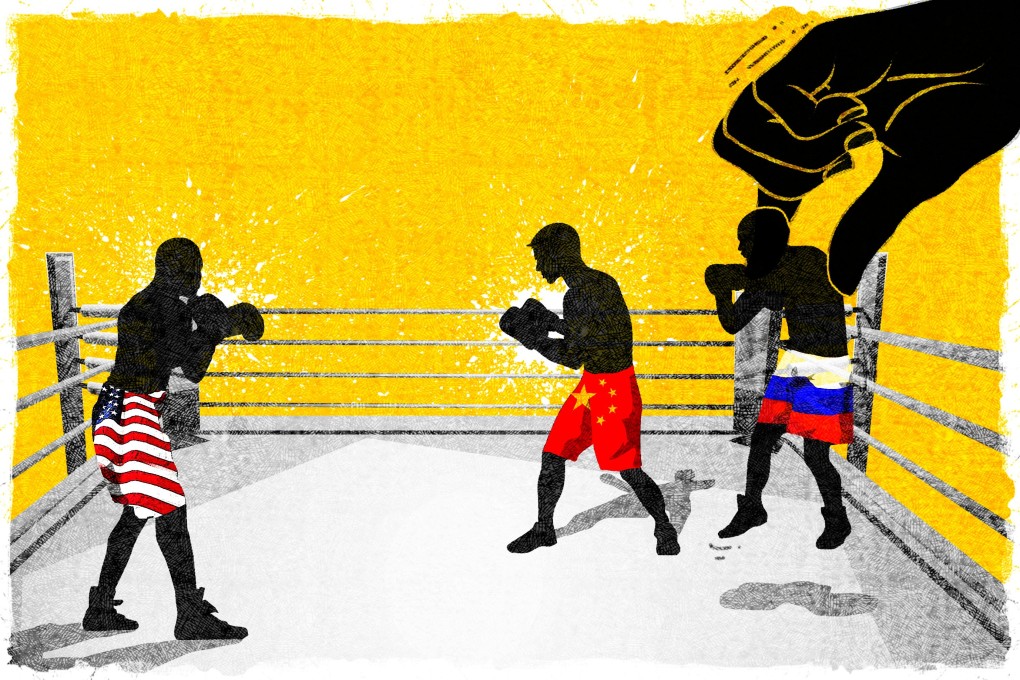China and Russia forge deeper ties thanks to their common enemy: the United States
- Inauguration of a new US$55 billion gas pipeline this week helps cement increasingly close Beijing-Moscow ties that are moving beyond economics into security
- Many observers say the two countries’ growing security cooperation may evolve into something closer to a military alliance

On Monday, Russia turned on the taps on for a US$55 billion pipeline that will pump natural gas to the energy-hungry Chinese market – the latest step in the “new era” of increasingly close ties between the two countries.
Presidents Xi Jinping and Vladimir Putin marked the occasion by getting together via video link and exchanging the usual pleasantries. But beyond the warmth and talk of expanding cross-border business, the two countries are being driven together by a common enemy: the United States.
For that reason, relations are expanding beyond broader economic ties to deeper security cooperation, and analysts say that may eventually develop into some form of military alliance.
In a meeting with Russian security council secretary Nikolai Patrushev in Beijing later on Monday, the Chinese leader made his concerns clear.
“The United States and some other Western countries have increased their interference in the internal affairs of China and Russia, threatened the sovereign security of the two countries, and impeded their economic and social development,” Xi said. He said that China and Russia must cooperate to “safeguard their core interests and the common security of the two countries, and maintain regional and world peace and stability.”

The opening of the gas pipeline comes amid four days of security and law enforcement meetings between the two countries this week in Beijing.